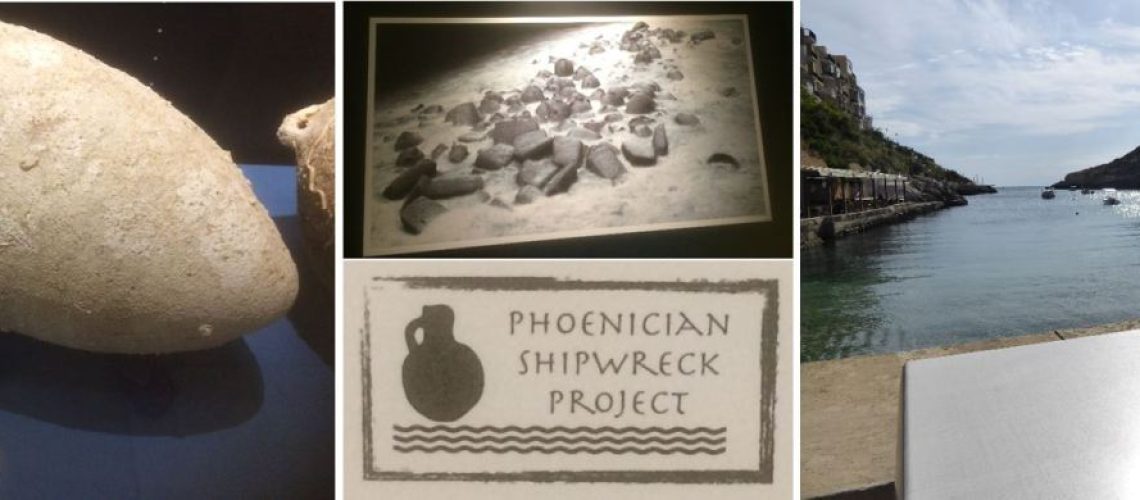It’s a speck of an island, hardly visible on a map of the Med, yet Gozo’s history runs deep: just over a decade ago divers discovered the remains of a Phoenician wreck dating back to 700BC. Beyond a popular bay on the south of the island, this is the oldest known wreck in the central Mediterranean and promised whispered secrets from long ago. The shipwreck and the ongoing studies are currently the subject of a detailed exhibition in Gozo’s citadel (runs until 31st August).
Heading into the cool stone rooms, there’s a refreshing change in temperature gradient from the sunshine outside and the blue light reflected from the exhibition cases imbues the flavours of the quiet calm of an underwater world and a sense of the timeless deep that surrounds this island.
In this small yet thoughtfully-constructed presentation, you can transcend time as you are absorbed in the details of both discoveries of an ancient past and contemporary technologies in a single space.
To set the scene, set aside thoughts of old wooden hulls, fairytale figureheads, and submerged rooms: this find was of the cargo of a ship fifteen-metres long which still lay in a ship-shaped assortment of pottery on the sea-bed, undisturbed for 2500 years. This may lack the glamour of a Disney shipwreck but careful consideration of the find proves fascinating, bringing forwards our understanding of the past and driving technologies for the future.
Using remote sensing equipment and the emergent techniques of aviation archaeology underwater, thousands of photographic images of the site were used to create a precise 3D reconstruction of the treasures below the surface. A team of international divers then explored the scene, a challenging 110m below the surface, using cutting-edge diving techniques to retrieve pieces from the carefully-mapped site, bringing to the surface some of the pieces you can see in the exhibition. The mixed cargo of ceramic vessels gave a clear indication of the wares it carried and, therefore, an insight into the social history of the era.
The Phoenicians were a great trading nation who inhabited coastal towns in the Eastern Mediterranean and traded cloth, metals, wine, timber and jewellery, and established colonies across the region, including on Malta and Gozo in an era before the Romans became dominant across Europe. The many tightly-packed wine amphora, their distinctive shapes and their contents for example can shed light on the provenance of the urns themselves and the wine within, whilst brand new grinding stones for food preparation are made from a type of volcanic rock that originates on the Italian island of Pantelleria and are making a voyage elsewhere.
This is evidence of peaceful trading and of Malta’s place as a stopping point along Phoenician trade routes. And it’s also clear to me that just as we do, the Phoenicans also enjoyed a glass of something tasty in Xlendi Bay whenever they had the chance!




